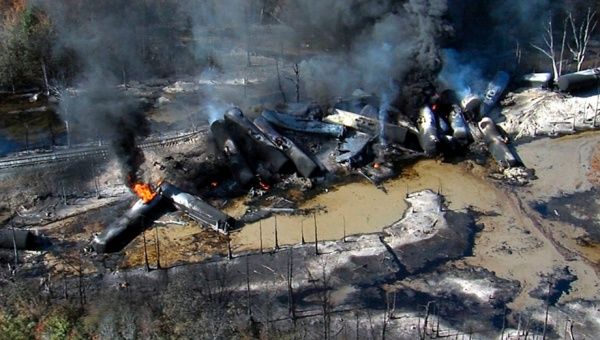The Slope Creek Reservoir in Barnesville, Ohio, provides water for at least two oil and gas companies. CREDIT: Courtesy Concerned Barnesville Area Residents
A tiny town in eastern Ohio is being sued by an Oklahoma-based oil
and gas company that bought more than 180 million gallons of water from
the town last year. That water use, combined with a dry fall, prompted
the village to temporarily shut off water to Gulfport Energy. Now, a
second company has a water agreement, and there might not be enough
water to go around.
Gulfport Energy alleges in the lawsuit that the village of
Barnesville, population 4,100, violated its agreement to provide water
from its reservoir by entering into a contract with oil and gas company
Antero Resources. Gulfport says the village’s contract with Antero
allows for withdrawals beyond what Gulfport is allowed to take.
Gulfport’s water supply can be shut off whenever water levels in the
reservoir create a risk to the health and safety of the village
residents and businesses. Last fall, the reservoir was down three feet
below average when village officials stopped all outside withdrawals. MORE


